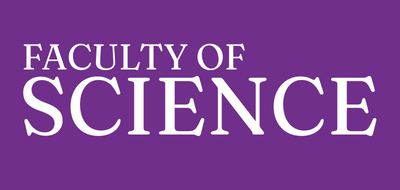Dr Delphine Angst will present the Department of Biological Sciences seminar with a talk entitled, "Life history insights of the Dodo from bone histology"
The dodo, Raphus cucullatus, a flightless pigeon endemic to Mauritius in the Indian Ocean, was discovered at the end of the 16th century by sailors that arrived on the island. It became extinct during the late 17th century due to human activities. Although this bird was contemporaneous with humans for almost a century, little is recorded about its ecology. As the microscopic structure of fossil bones retains biological signals, we conducted the first histological analysis of 22 bones of the dodo, including five femora, one humerus, fourteen tibiotarsi and two tarsometatarsi.
The presence of medullary bone for two bones indicate that these specimens correspond to ovulating females and by extrapolation we deduced that the dodo bred around August. The study of suggests that juveniles grew rapidly to enable them to reach a robust size before the austral summer or cyclone season. Histological evidence of moulting suggests that after summer had passed, moult began in the adults that had just reproduced; the timing of moult derived from bone histology is also corroborated by historical descriptions of the dodo by mariners. This research provides an unprecedented insight into the life history of this iconic bird.
